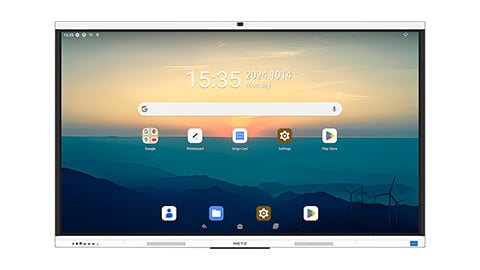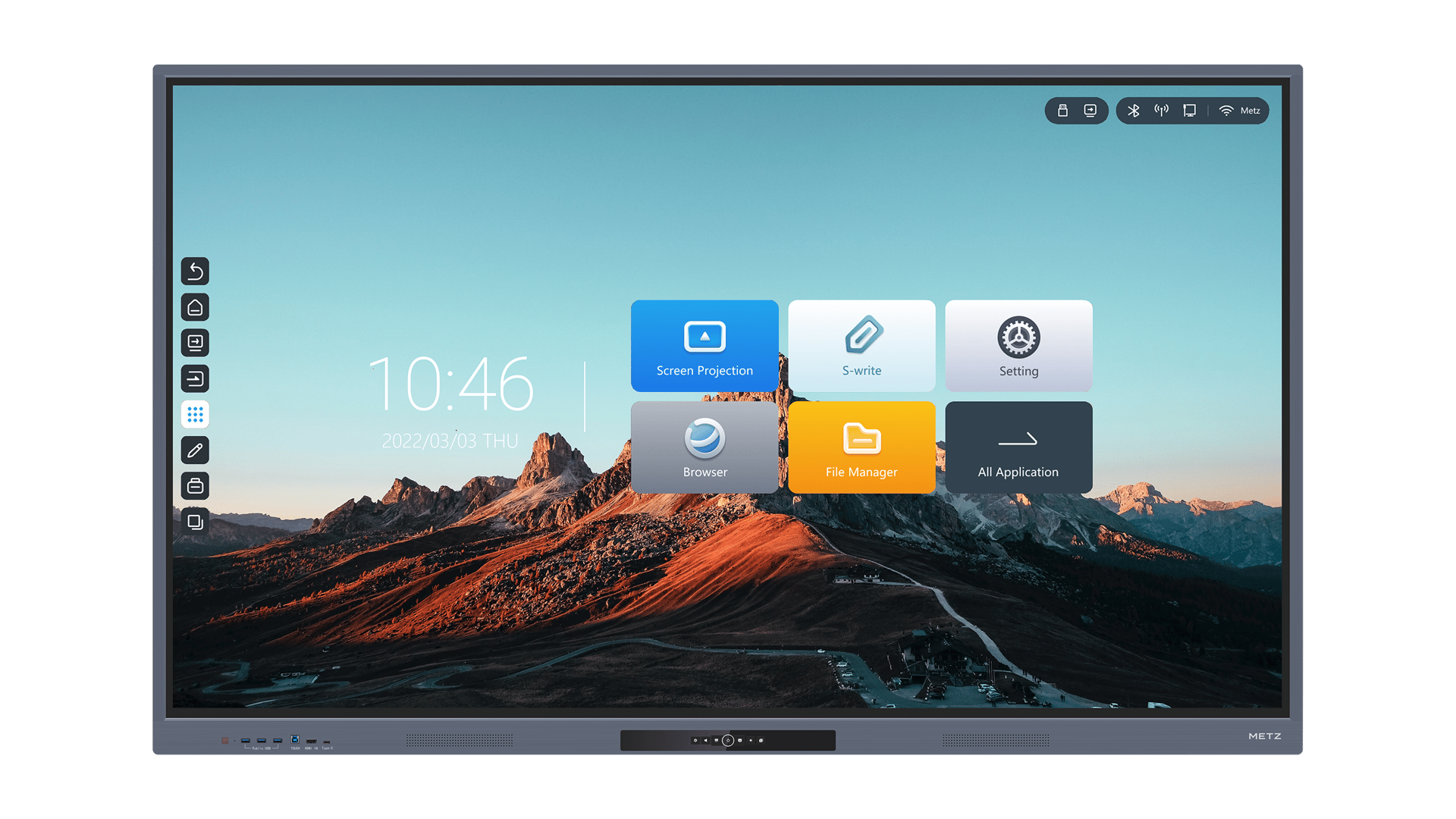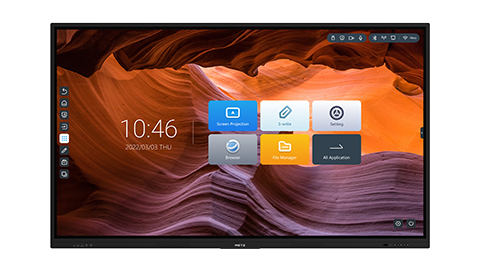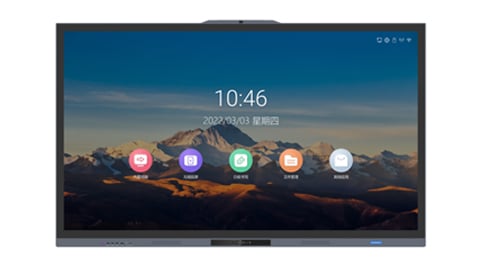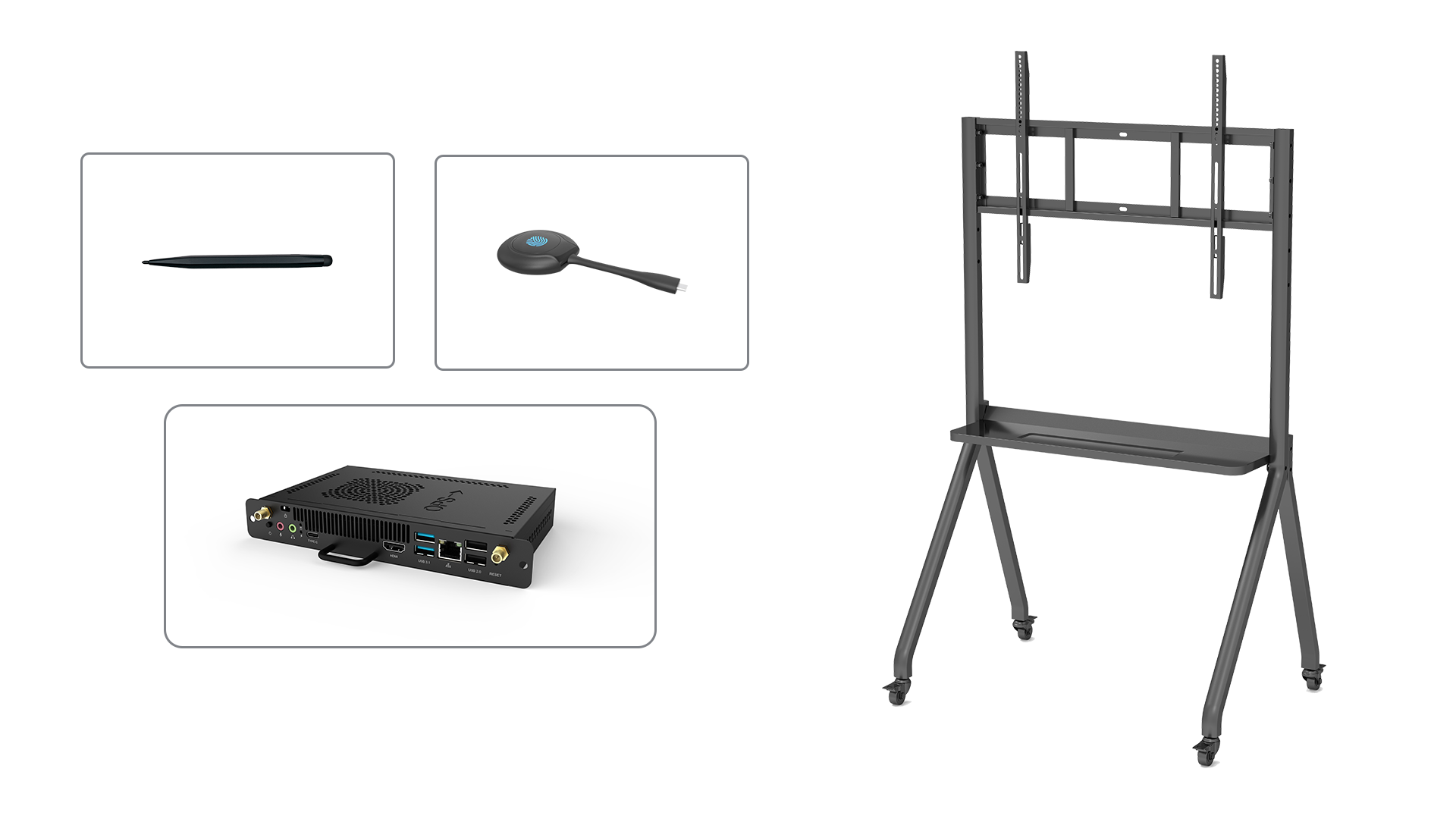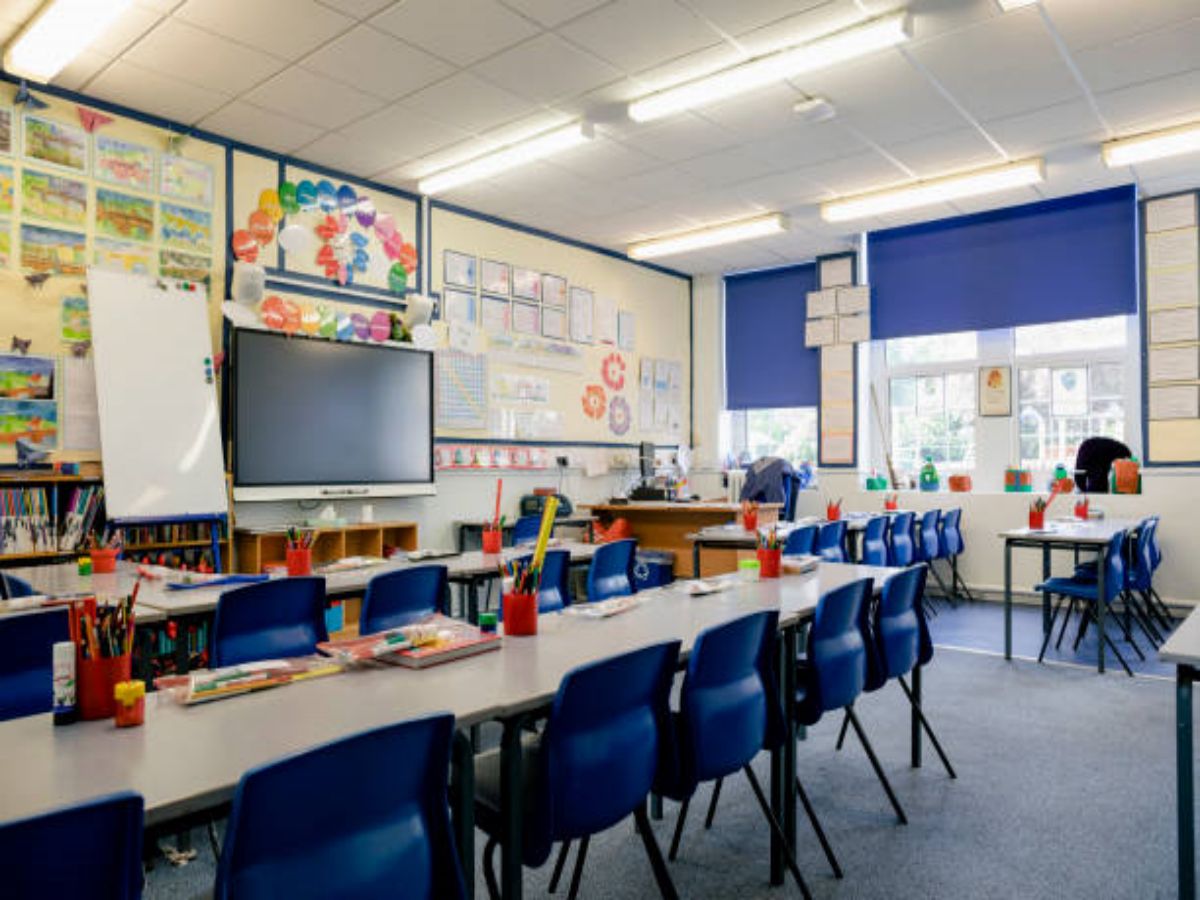Enhancing Classroom Learning with a Smartboard
A smartboard is a powerful tool that can revolutionize the way teachers present information and students engage with learning materials. With its interactive features and multimedia capabilities, a smartboard can bring lessons to life and create a more engaging and collaborative learning environment. In this article, we will explore ten different ways to use a smartboard in the classroom, highlighting its benefits and providing practical examples. Whether you are a teacher looking to enhance your lessons or a school considering investing in this technology, read on to discover the many possibilities of using a smartboard.
1. Interactive Presentations and Multimedia Content
One of the primary uses of a smartboard is to create interactive presentations and deliver multimedia content in the classroom. Teachers can use the smartboard to display slideshows, videos, and other digital resources, making their lessons more visually appealing and engaging. Students can also interact with the content by touching the board, dragging objects, or using digital pens to write or annotate directly on the screen. This interactive approach helps to capture students' attention and facilitates active learning.
2. Collaborative Learning and Group Activities
A smartboard encourages collaborative learning by allowing multiple students to work together on the same task or project. Teachers can divide the smartboard screen into different sections, enabling students to contribute simultaneously. For example, during a group discussion, each student can write their ideas on the board, and the whole class can see and discuss them. This collaborative feature promotes teamwork, communication, and critical thinking skills among students.
3. Virtual Field Trips and Live Demonstrations
Smartboards can transport students to different places and provide them with experiences they might not otherwise have. With internet connectivity, teachers can take their students on virtual field trips to museums, historical sites, or even other countries. They can also bring experts into the classroom through live video conferences or demonstrations. These virtual experiences broaden students' horizons and make learning more immersive and interactive.
4. Engaging Games and Interactive Quizzes
Games and quizzes are proven methods to make learning fun and increase student engagement. Smartboards can host a variety of educational games and interactive quizzes that motivate students to participate actively. Teachers can use pre-made games or create their own using interactive software. These activities can be used to reinforce concepts, test knowledge, or review material, making learning enjoyable and memorable.
5. Dynamic Brainstorming and Mind Mapping
Smartboards are excellent tools for brainstorming sessions and mind mapping activities. Teachers and students can use the board to generate ideas, organize information, and create visual representations of concepts. With the ability to easily rearrange and connect ideas, smartboards facilitate the brainstorming process and encourage creative thinking. This visual approach helps students to make connections and see the bigger picture.
6. Annotating Texts and Solving Problems
When reading texts or solving problems, smartboards enable students to annotate directly on the board. Whether it's highlighting important information, underlining key points, or solving math equations, students can actively engage with the content. This interactive approach promotes deeper understanding and helps students to develop critical thinking and analytical skills.
7. Visualizing Data and Graphs
Smartboards are particularly useful for visualizing data and graphs. Teachers can create dynamic charts, graphs, and diagrams that students can manipulate and interact with. This hands-on approach makes complex data more accessible and easier to understand. Students can explore different variables, change parameters, and observe the real-time effects on the displayed data, enhancing their data analysis and interpretation skills.
8. Virtual Manipulatives and Simulations
Smartboards can replace traditional manipulatives with virtual ones, providing students with interactive learning tools. For example, in math class, students can use virtual blocks, geometric shapes, or fraction tiles to solve problems. Similarly, in science classes, teachers can use simulations to demonstrate complex concepts, such as chemical reactions or the solar system. These virtual manipulatives and simulations enhance students' understanding by providing hands-on experiences.
9. Differentiating Instruction and Personalized Learning
A smartboard allows teachers to differentiate instruction and cater to the diverse needs of students. By using interactive software or applications, teachers can create individualized learning paths or provide additional resources for students who need extra support. Smartboards also enable teachers to adapt their teaching in real-time, responding to students' questions or adjusting the pace of the lesson to ensure optimal learning for each student.
10. Documenting and Sharing Class Work
With a smartboard, teachers can easily capture and save the work done in class. Whether it's brainstorming ideas, solving problems, or collaborating on projects, teachers can document and share the class work with students. This feature is particularly useful for revision purposes or when a student is absent. By having access to the recorded lessons or class work, students can review and catch up on missed content, fostering continuous learning.

